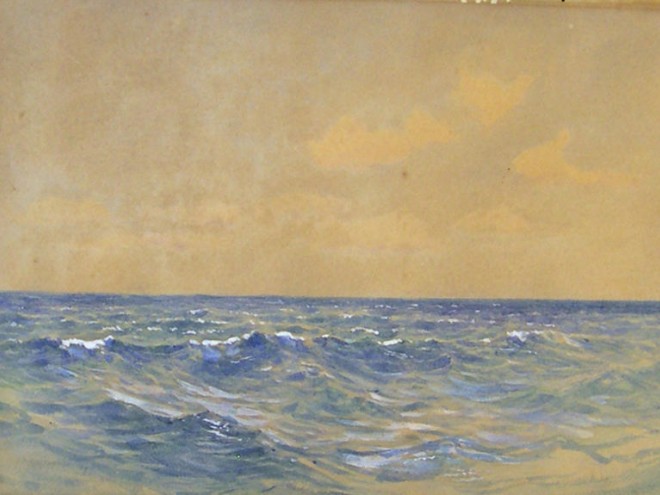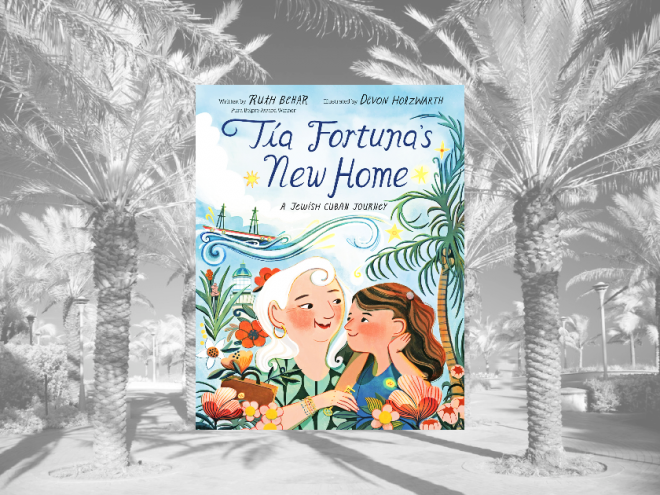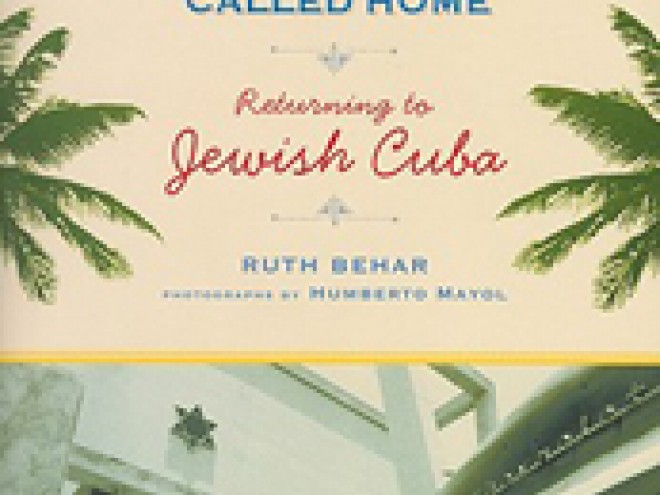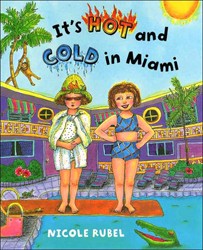Ruth Behar has explored the Jewish Cuban experience in several books for both children and adults. In Tía Fortuna’s New Home, evocative pictures by Devon Holzwarth accompany Behar’s story, this time focused on the relationship between a young girl and her Cuban exile aunt living in Florida.
Tía Fortuna is in the process of leaving her Miami home for an assisted living facility. Confronted with the inevitability of this event, she wisely tells her niece, “Estrella, it’s time to say goodbye and wish for mazal bueno.” Children reading the book will learn about Sephardic culture and also feel reassured that Tía Fortuna’s attitude, as much as mazal, will enable her to adjust to a new life.
Many Jews left Cuba in the years after the revolution of 1959. Behar’s poetic, but straightforward, language captures the wrenching nature of this experience, as it depicts Tía Fortuna’s arrival in Florida with nothing more than a single suitcase and a mezuzah. The blue and green of the sea, along with pastel and jewel tones, provide the visual background for Tía Fortuna’s odyssey.
Many years later, when she learns that her home will be demolished to make way for a hotel, she is prepared to move on with her memories, but passive resignation is not her style. Serving bourekas to Estrella, she uses the pastries as symbols of resilience and the Sephardic diaspora. They are same food enjoyed by “your grandfathers’ grandfathers’ grandfathers and your grandmothers’ grandmothers’ grandmothers.” Both patriarchs and matriarchs are links in an unbreakable chain.
Even in the most difficult moment, when Tía Fortuna closes the door of her home for the last time, she conveys to her niece the importance of both optimism and luck. That same mezuzah that traveled from Cuba is now “so crusted with sea salt, it won’t budge.” Only a patient request, supported by a little magic, allows her to remove it from the door and accompany her on her next voyage. Stylized stars and dots, reflecting the beads on Fortuna’s bracelet, surround Holzwarth’s picture of the golden ritual object held in the old woman’s strong hands.
Jewish identity is the anchor when she arrives at her next residence, where she offers her special bourekas to a multicultural cast of new neighbors. Estrella, surrounded by a delicate border of images from her family’s past, now wears as a necklace the gold key from her aunt’s Cuban home. Without minimizing the underlying sadness of old age and its challenges, Behar offers a hopeful portrait of both continuity and change.
This highly recommended book includes an author’s note about Behar’s background, as well as a glossary.
Emily Schneider writes about literature, feminism, and culture for Tablet, The Forward, The Horn Book, and other publications, and writes about children’s books on her blog. She has a Ph.D. in Romance Languages and Literatures.





